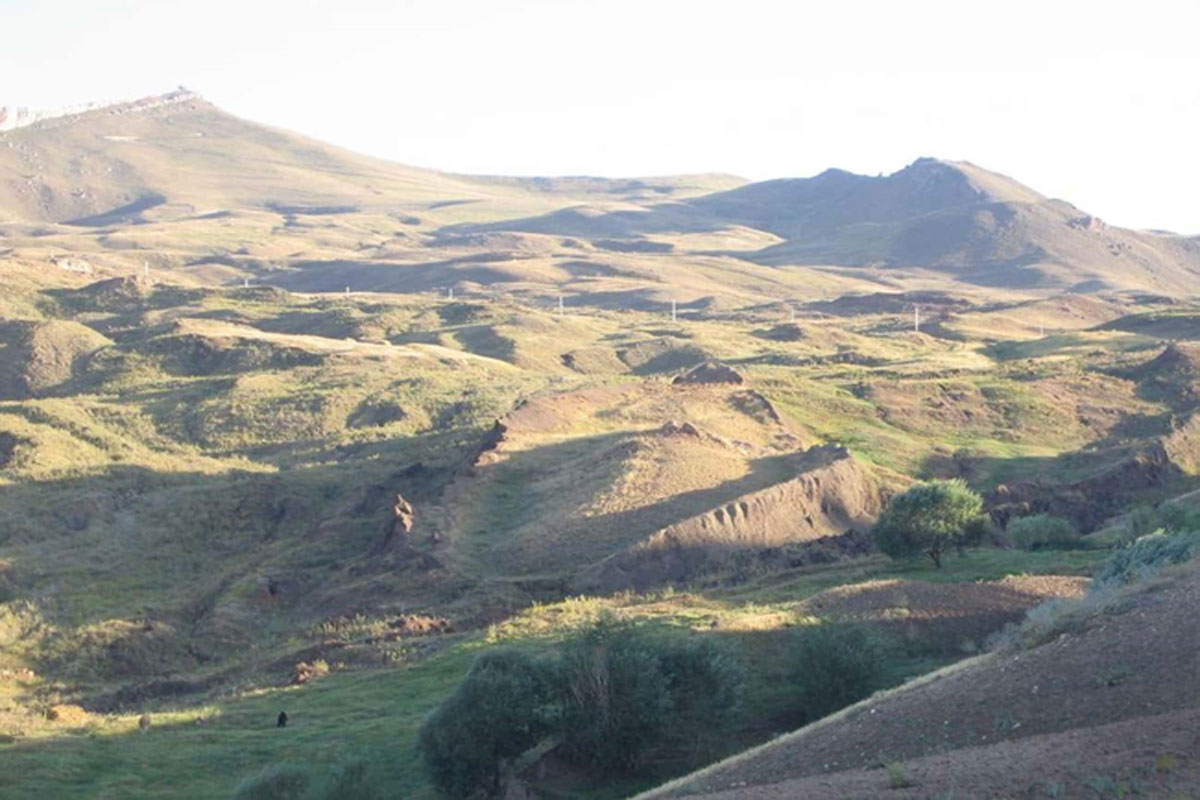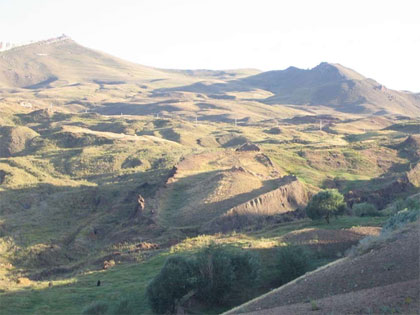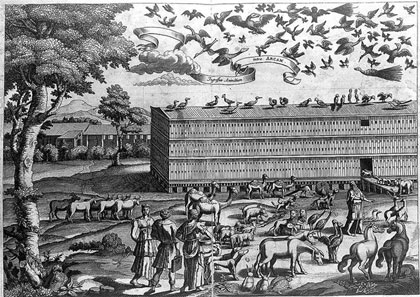
Here Is All The Physical Evidence Of Noah’s Ark We Can Find
Genevieve Carlton
Everyone knows the biblical story: God sent down 40 days of rain, wiping out all living creatures on Earth, as vengeful retribution for humanity’s immorality. Only one vessel would survive. Noah, its captain and builder, rounded up two of every animal on Earth to save a scrap of life from the Great Flood. After the catastrophe, Noah and his family landed on a mountain and began to repopulate the Earth.
But is there evidence of Noah’s Ark? A number of recent expeditions claim they found physical evidence of the ark in the mountains of Turkey and Iran. Even doubters have to admit that the evidence of the Great Flood is convincing. But just like the recently discovered proof of the crucifixion, some questions still persist. So, was Noah’s Ark found? Was Noah’s Ark even real? The only way to answer these queries is an in-depth examination of the physical evidence.
Also important to remember is that the book of Genesis, which tells the story of Noah, was written thousands of years ago, and just like the Bible changes over time, a critical examination of the evidence surrounding Noah and his ark is crucial. After all, Jesus wasn’t always white. People have been searching for Noah’s Ark for thousands of year – will it be found in our lifetime?
________________________________________
• Photo: Mfikretyilmaz / Wikimedia Commons / CC BY 3.0
 The “Boat-Shaped Object” On Mount Judi Might Be The Ark
The “Boat-Shaped Object” On Mount Judi Might Be The Ark
The search for Noah’s Ark is old, but recent expeditions have found startling physical evidence that the ark still exists.
For example, in the 1980s, Ron Wyatt found traces of what he believed was Noah’s Ark at the Durupınar Site in Turkey. It isn’t on Mount Ararat, where Genesis claims Noah landed, but according to the Qur’an, the ark is actually on Mount Judi.
Wyatt argued that the “boat-shaped object” was Noah’s Ark, and from the photographic evidence, it certainly appears that Wyatt is correct to identify the shape with a ship. As for how a massive ship came to rest on the side of a mountain, a Great Flood seems to be a convincing explanation.
• • Photo: Rudolf Pohl / Wikimedia Commons / CC BY-SA 3.0
 The Object Might Just Be A Natural Land Formation
The Object Might Just Be A Natural Land Formation
Despite the resemblance to a ship, many scientists argue that Wyatt’s “boat-shaped object” is actually a natural land formation. It was revealed in 1948 after a series of earthquakes pushed up the rocks, creating the impression of a ship.
Geologist Lorence Collins also argues that there is no wood – petrified or otherwise – at the Durupinar Site; instead, the interior parts of the “boat” are composed of volcanic basalt and andesite, consistent with a geological explanation rather than a biblical one.
Still, the allure of searching for any boat-shaped object in Turkey has led at least one person to claim that he found Noah’s Ark on Google Maps.
• • Photo: Wellcome Images / Wikimedia Commons / CC BY 4.0
 Renaissance Scholars Tried To Calculate The Exact Size Of The Ark
Renaissance Scholars Tried To Calculate The Exact Size Of The Ark
Modern efforts to find Noah’s Ark are not the first of their kind; many biblical stories have motivated scholars to research this ancient history. In particular, however, the ark is a frequent subject of investigation and scrutiny.
In the Renaissance, for example, a number of intellectuals devoted their energy to the mystery of the ark. Seventeenth-century Jesuit scholar Athanasius Kircher tried to reconstruct the story of the ark. Because the blueprint of the ark was designed by God, Kircher believed it contained divine laws of symmetry and proportion. He also devoted himself to understanding the interior organization of a ship designed to carry every animal known to man.
Today, scholars use different tools to reconstruct the story. Using the techniques and technology of modern science, there is much more evidence for the ark today than ever before.
• • Photo: Ras67 / Wikimedia Commons / Public Domain
 Today, Searches For The Ark Focus On Mount Ararat In Turkey
Today, Searches For The Ark Focus On Mount Ararat In Turkey
Genesis provides clues about the location of Noah’s Ark, even stating exactly where Noah landed. After a flood that submerged the Earth for 150 days, the waters receded:
“The water receded steadily from the Earth. At the end of the hundred and fifty days the water had gone down, and on the seventeenth day of the seventh month the ark came to rest on the mountains of Ararat.”
Ararat, in the far eastern part of Turkey on the border with Iran, has been the focus of dozens of searches for Noah’s Ark. In 1876, British historian James Bryce found a four-foot-long slab of wood on the mountain. Since then, ark hunters have swarmed to Ararat.
ranker.com
























